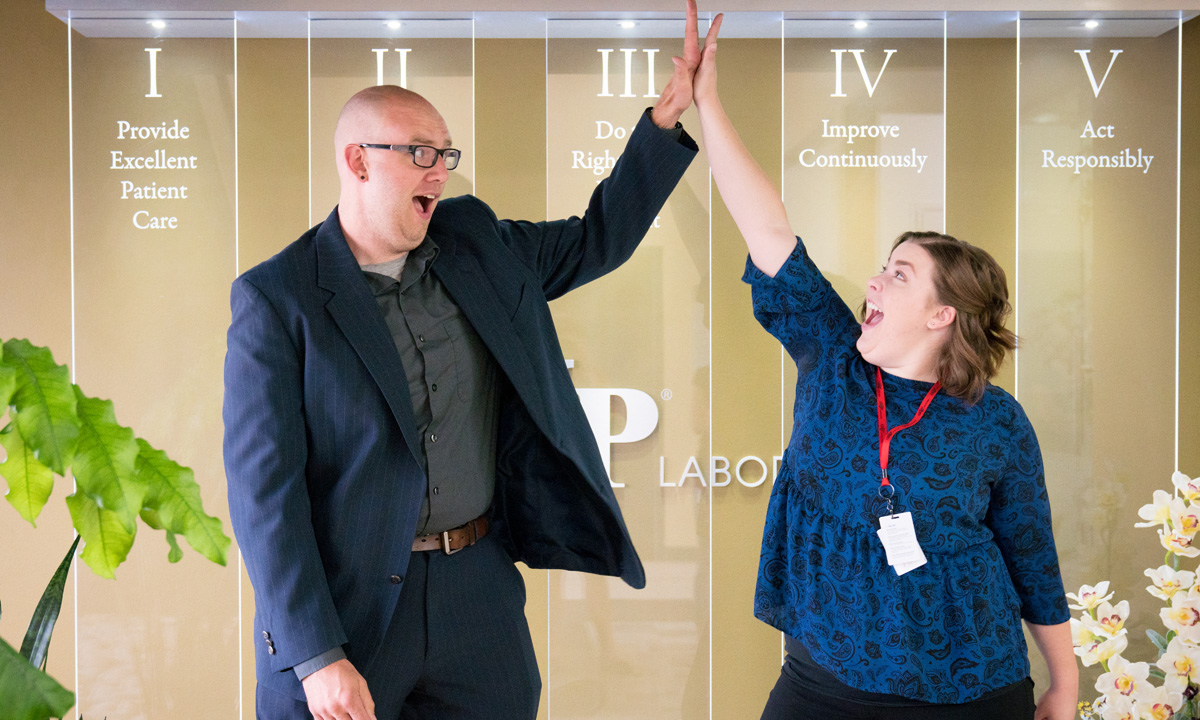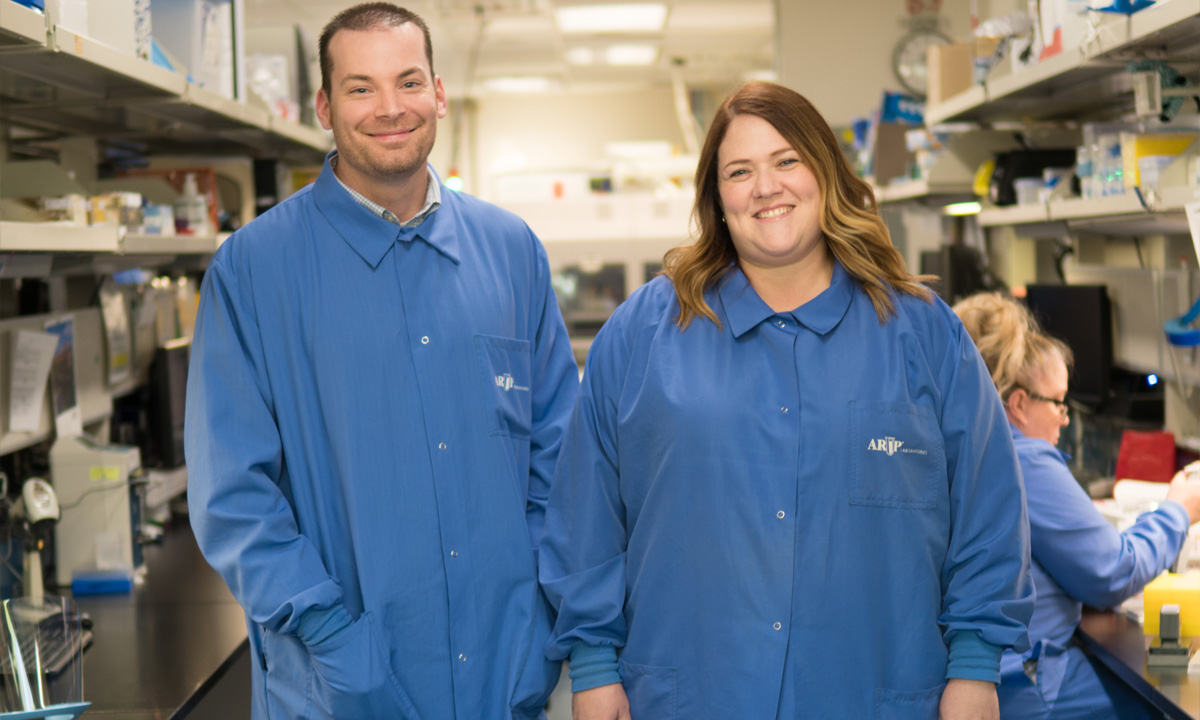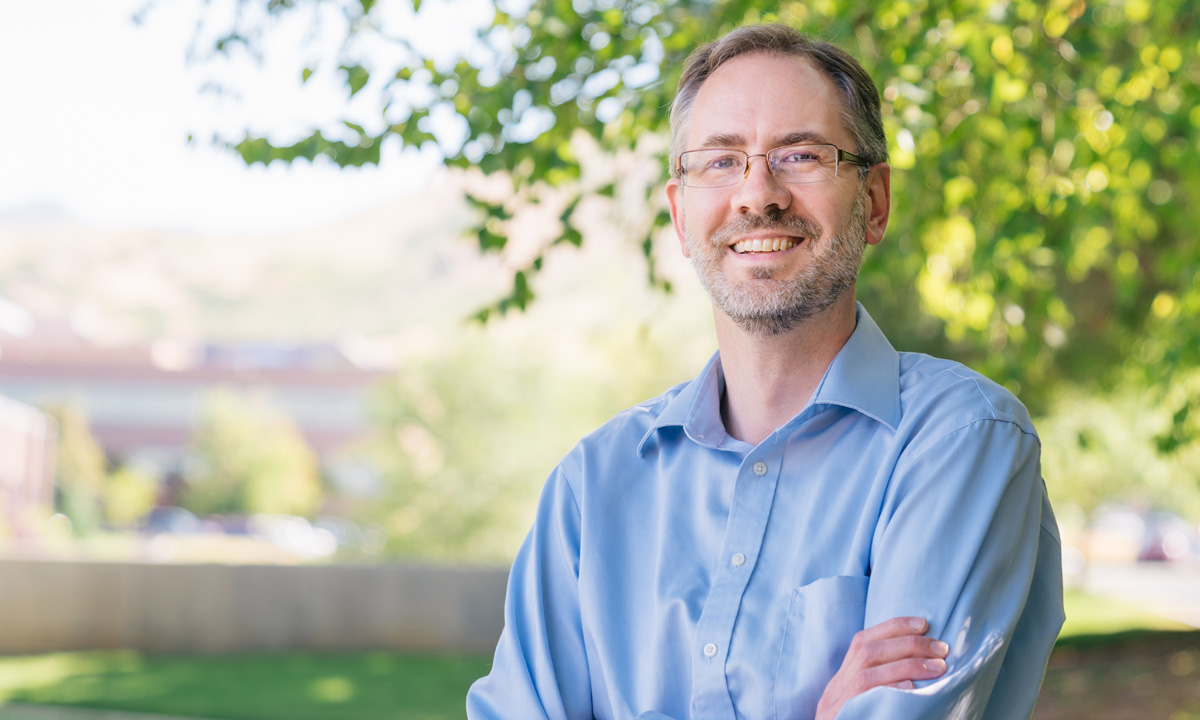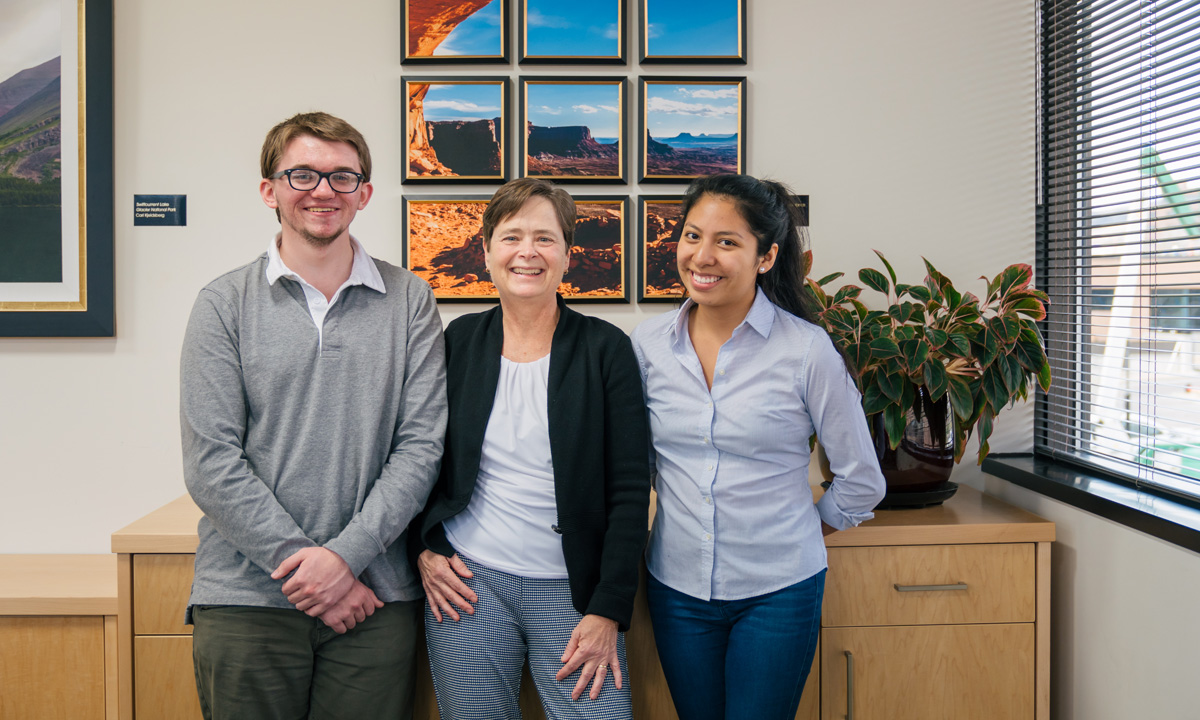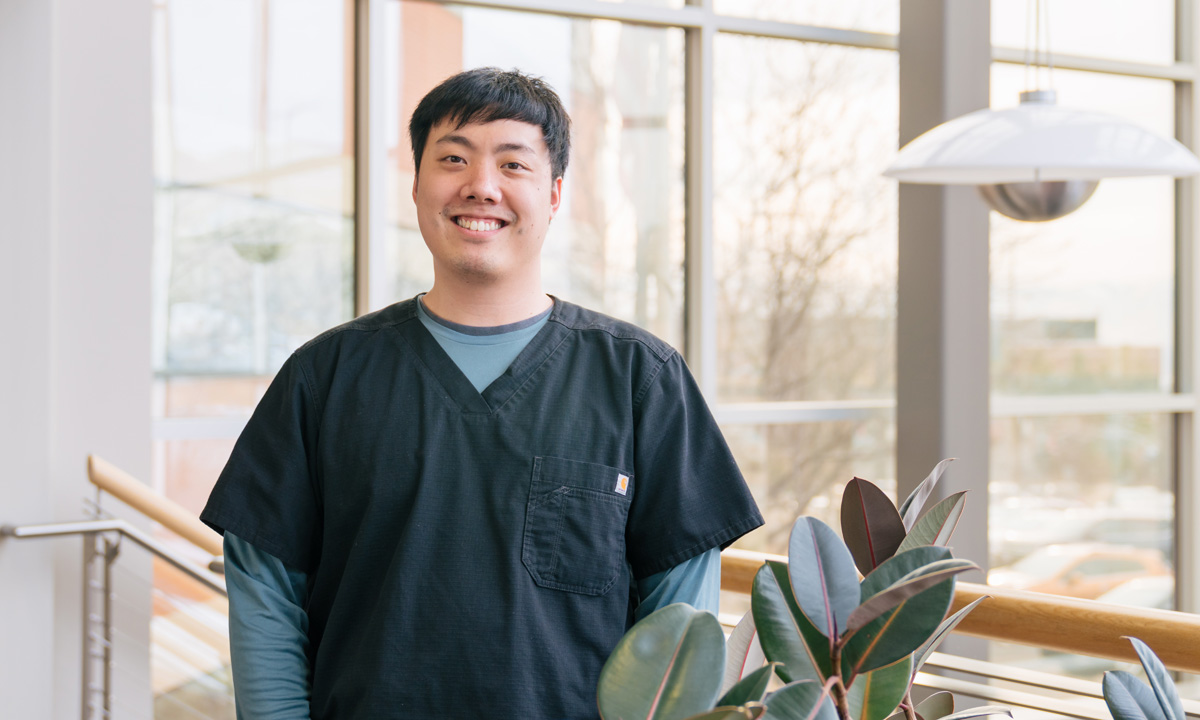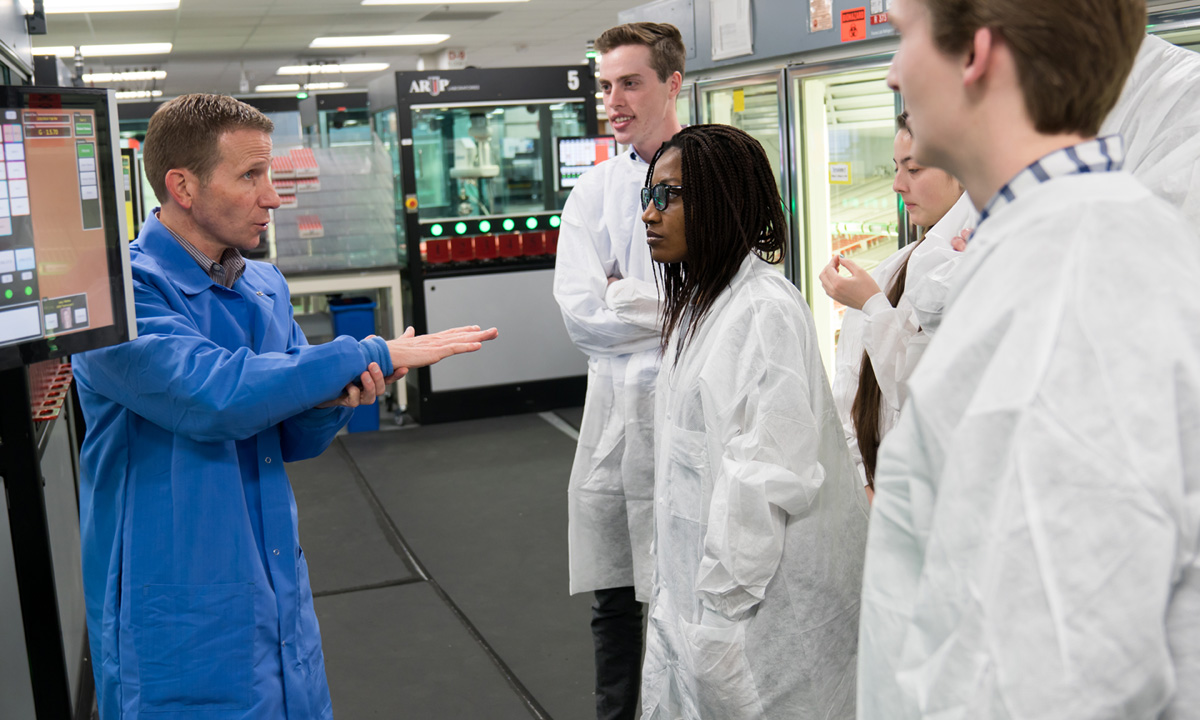Among the 650 comments shared in the 2018 Client Satisfaction Survey, fewer than 5 percent were negative.
Bryan Stromberg stumbled into labwork while preparing to study medicine. Labwork fascinated him, so he stayed.
The American Board of Internal Medicine Foundation recently released a list of its “Top 12” Choosing Wisely recommendations. It based the rankings on evidence of success.
ARUP’s Tech Fair showcases the inventions and innovations of individuals in Automation Engineering, Clinical Systems, Information Technology, and other in-house “builders.”
Justin’s mother drank while pregnant with him and his twin brother. As a result, Justin was born with fetal alcohol syndrome and a host of related complications.
ARUP’s CEO Sherrie Perkins meets with John Eggleston and Diana Martinez, who both received the Utah Promise Scholarship to help them pursue a college education.
ARUP recently rolled out their next generation UM dashboard for clients hospitals and healthcare organizations that will allow them to mine data and make it actionable.
Recreational genetic testing is becoming increasingly popular. Should it matter that physicians or genetic counselors are not part of the equation in how consumers interact with these tests?
Last week, the ECRI Institute released its top 10 list of patient safety concerns for 2018. At the top of the list for the first time ever was diagnostic error.
ARUP's Institute for Learning (IFL) works with employees to provide support to receive training in the medical laboratory science field.
For National Kidney Month and Trisomy Awareness Month in March, we have past stories from ARUP Laboratories. Our expert list includes scientists with specialties in renal pathology and genetics.
ARUP’s Dave Rogers shows students the Specimen Receiving and Processing area, where some 50,000 specimens arrive daily and begin their journey into specified labs for an

















